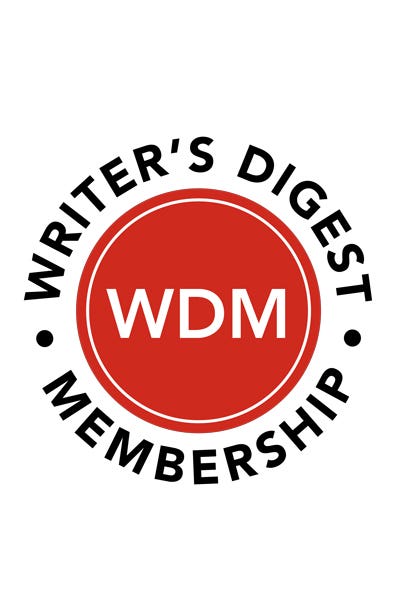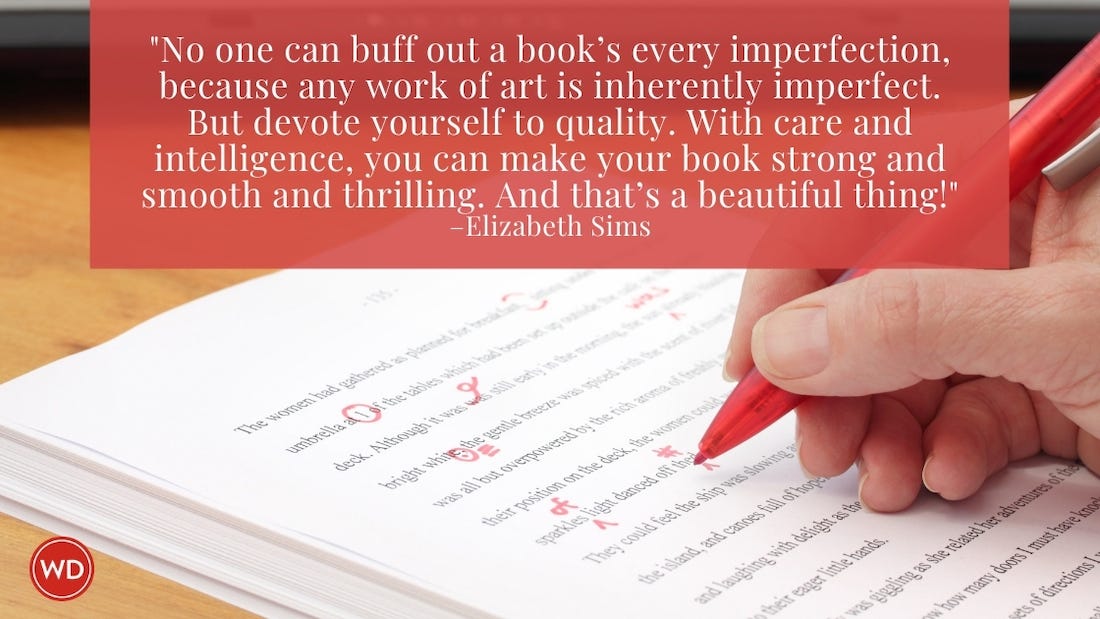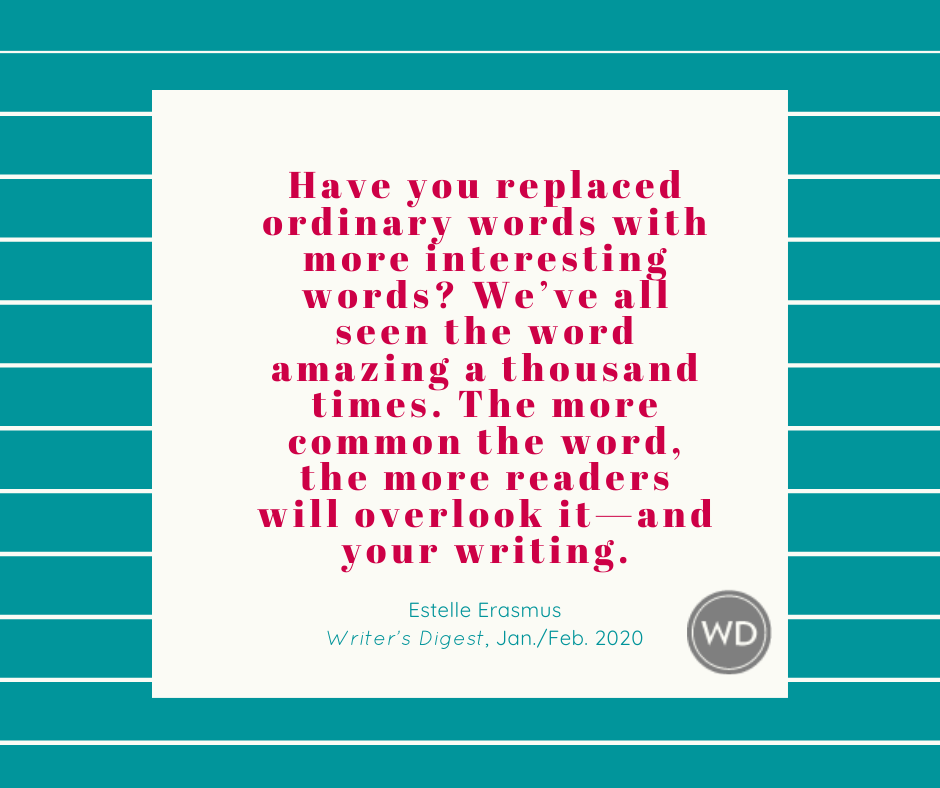Revising can be daunting. There''s so much to look for—pacing, characterization, plot, theme, style, etc.—that a writer can get lost in the process. When a writer sits down to write the first few versions of a chapter or story, the jumble of clumsy words appearing on the screen is a far distance from the perfect passages she''d imagined in her mind. But for experienced writers, that distance isn''t a problem. Because they realize that the more they keep revising that jumble, the closer they can bring it to their imagined perfection.
The difference between the early and final drafts of writing is that early drafts lay down the basic story and characters while the final drafts fine-tune what is already there.
Early drafts are like selecting the members of a sports team; final drafts are teaching them to play together as one cooperative unit. Early drafts are part of the discovery process, when the writing is most liquid, meaning that you feel free to add or delete passages, go in a different direction than you had first intended, suddenly expand minor characters into major ones.
You are more daring because the area is still uncharted. But once you have charted it—that is, once you have the characters you want, doing and saying the things you want, in the order you want—you''re ready for the final drafts.
Although the phrase "final draft" suggests the last time you''ll revise, that really isn''t the case. The phrase really refers to the final process of revising. It''s when you are satisfied with the basics, but now want to erase any persistent flaws. Be careful in your earlier drafts, and hopefully the process will be minor—just touch-up work here and there.
Learn more about the Fundamentals of Fiction Writing Workshop.









